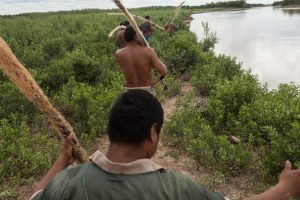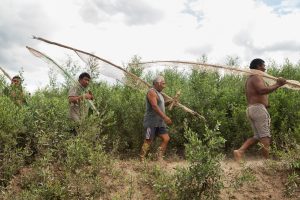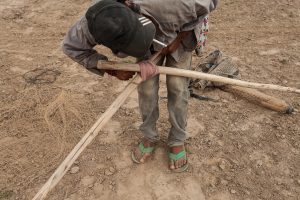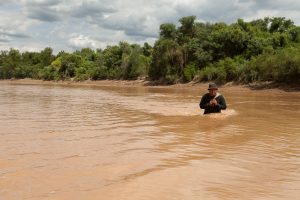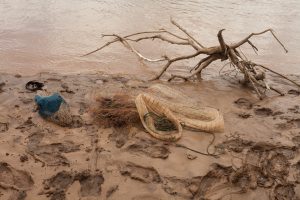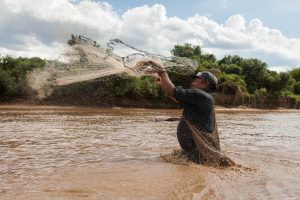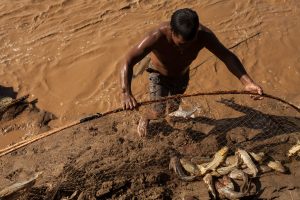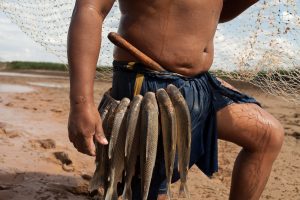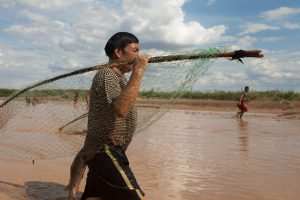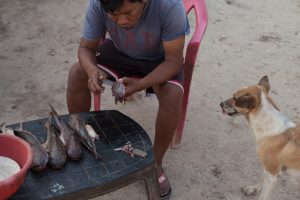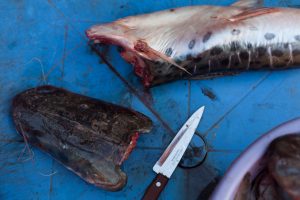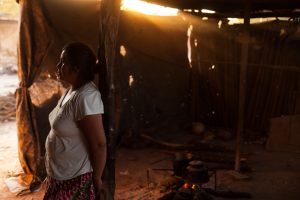The Chorote people have established their communities along the borders of Paraguay and Bolivia, within the Argentine province of Salta.
According to the Chorotes, the Chaco forest is not only a physical landscape but also a realm inhabited by diverse supernatural entities that oversee, protect, and care for the region’s flora, fauna, and waterways.
Traditionally, the Chorotes have maintained a way of life centered around hunting, gathering, fishing, and horticulture.
However, the relentless expansion of agricultural frontiers and colonization into the Chaco forest has triggered significant environmental changes. These changes have a profound impact on the hunting and gathering practices that remain integral to Chorote culture.
The province of Salta, in particular, bears the brunt of these practices, experiencing the annual loss of thousands of hectares of native forests and hills. Additionally, for over two decades, it has been recognized that the Pilcomayo River carries high concentrations of heavy metals, primarily Arsenic, Antimony, Cadmium, Copper, Lead, Mercury, Silver, Thallium, and Zinc. These metal levels in the river’s sediments far exceed acceptable limits.
Pilcomayo River, Salta, Argentina.
© Nicolás Preci

